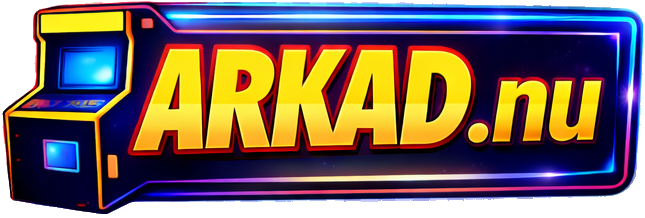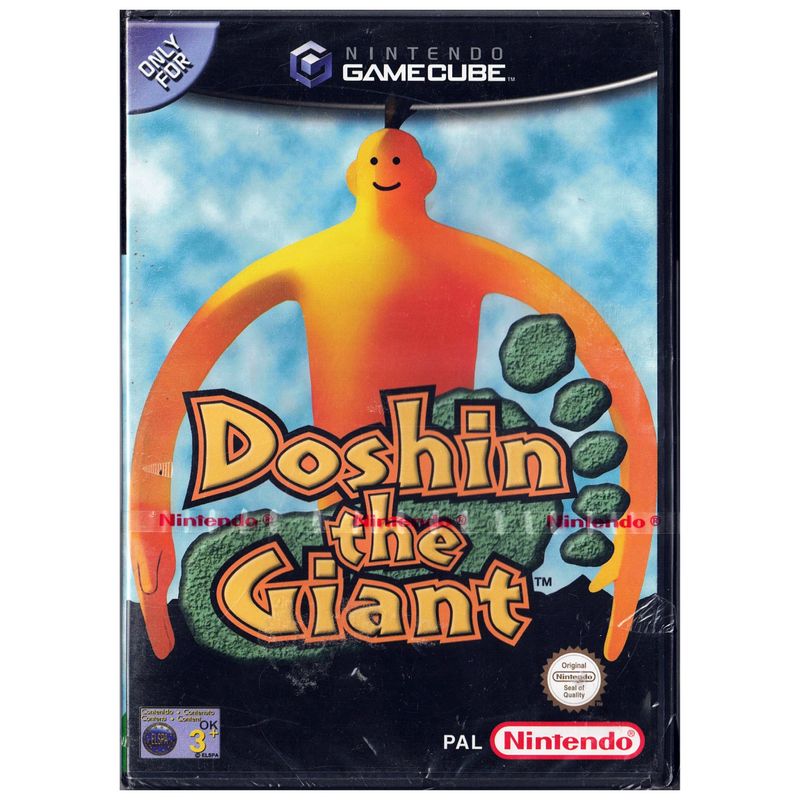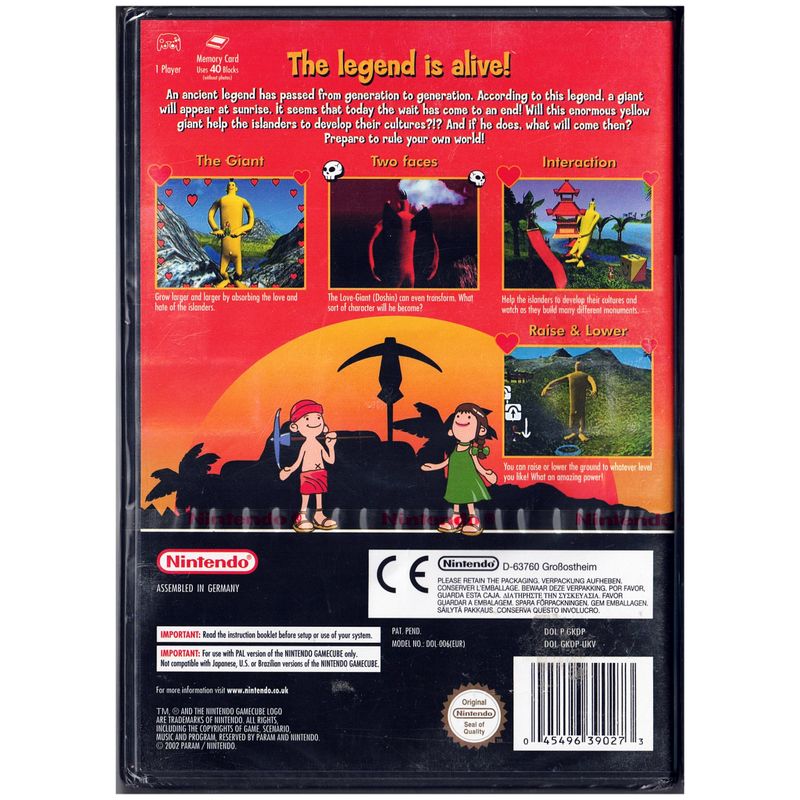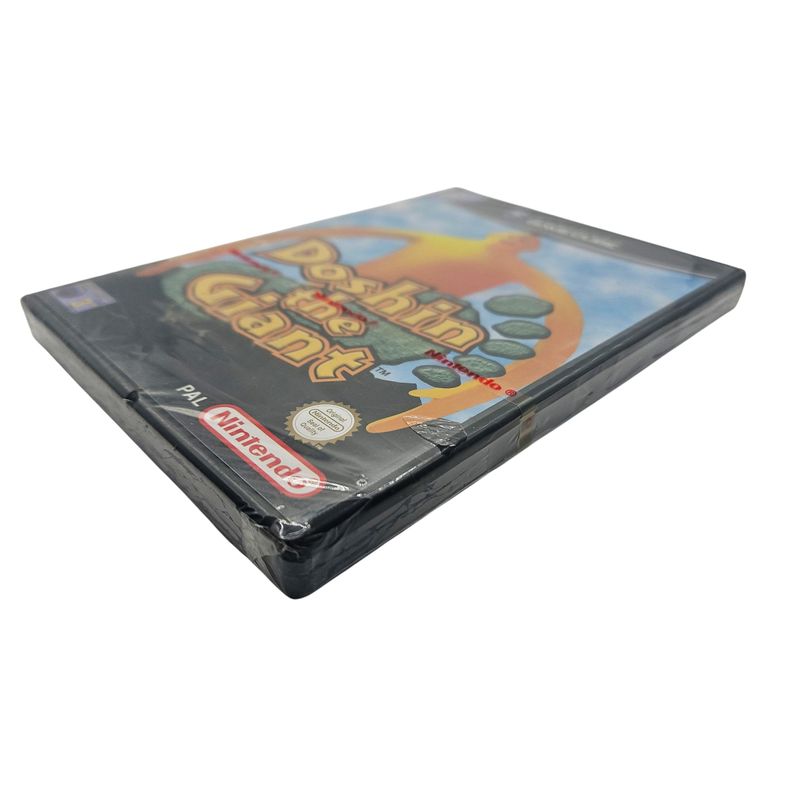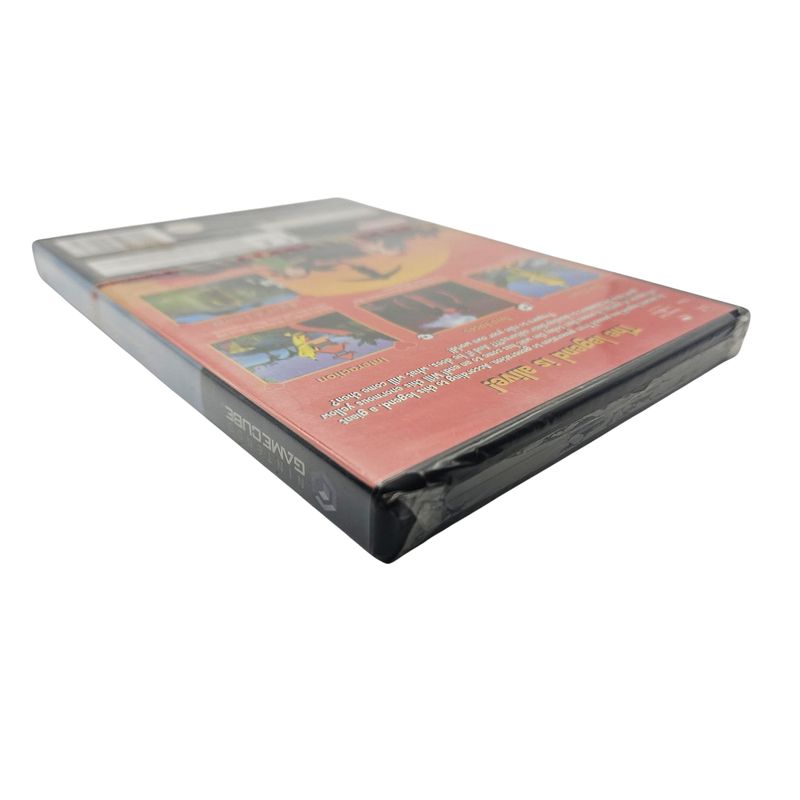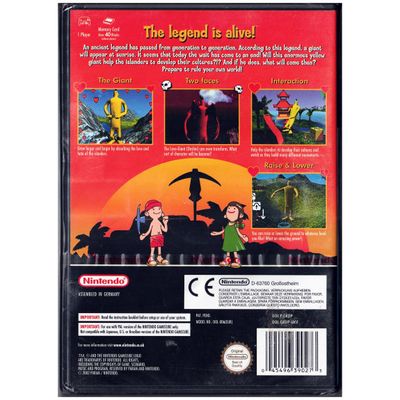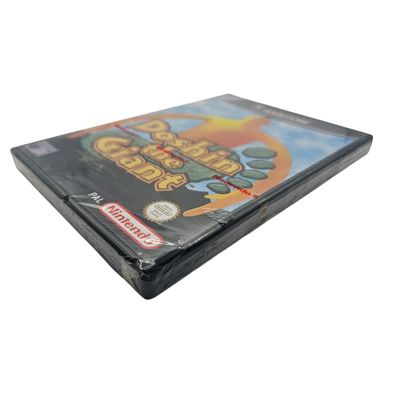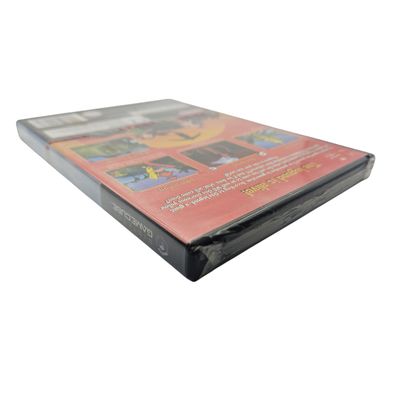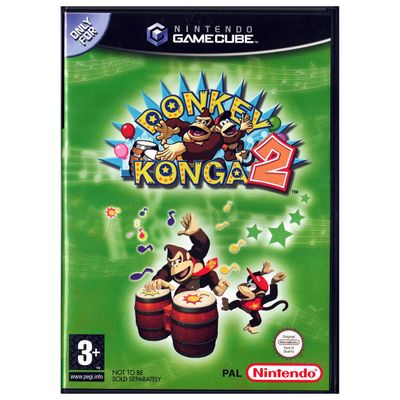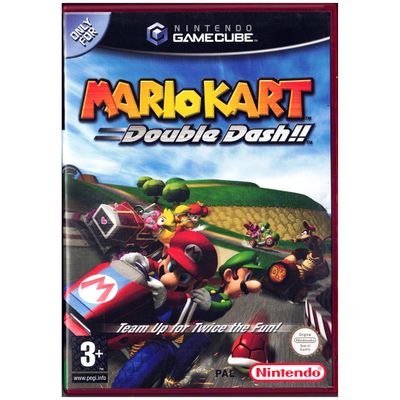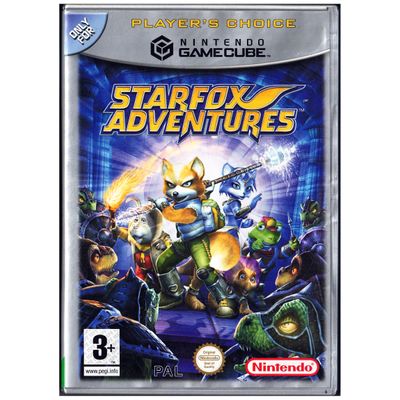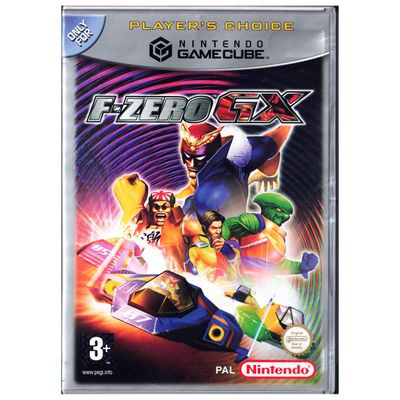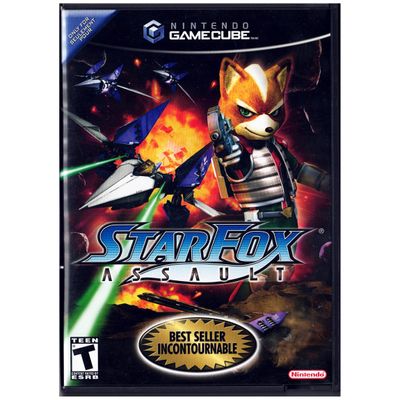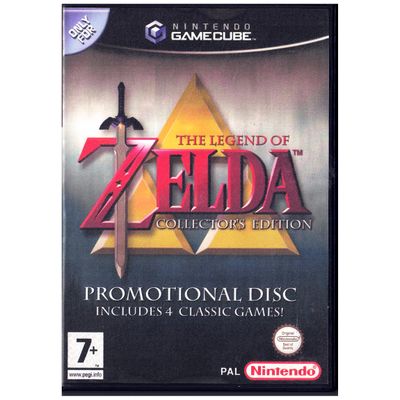Liknande produkter
Beskrivning av DOSHIN THE GIANT GAMECUBE NYTT INPLASTAD
DOSHIN THE GIANT GAMECUBE
🌍🗿 Doshin the Giant – Nintendo GameCube (PAL) ☀️
Ett av de mest unika och underskattade spelen till GameCube!
I Doshin the Giant styr du en enorm, godhjärtad jätte som hjälper (eller stjälper!) invånare på en ö. Bygg, forma terräng och se hur folket dyrkar – eller fruktar – dig. En meditativ och udda Nintendo-upplevelse som blev kultklassiker!
👉 Varför är detta spel speciellt?
✅ Endast släppt i Europa och Japan – ej i USA
✅ Unik "god simulator" med frihet att skapa och förstöra
✅ Avslappnad musik och charmig design
✅ Kultfavorit bland GameCube-samlare
📦 Skick: NIB - NEW IN BOX SKADOR PÅ OMSLAGSPLASTEN
🎮 Region: PAL (Europa)
🔑 Artikelnummer / SKU: DOL-GKDO-UKV
📌 EAN: 0045496390273
Ett måste för samlare som vill ha något riktigt annorlunda i hyllan – Doshin the Giant är lika märkligt som magiskt! 🌞💛
DETTA ÄR EN NY PRODUKT - INPLASTAD
